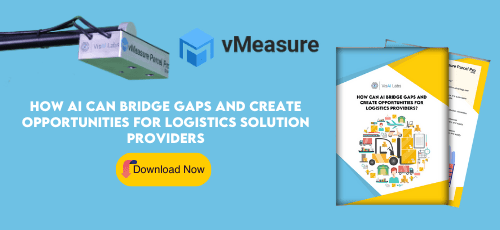Summary
Written for:
- Warehouse Automation Manager:
To oversee and implement security operations, ensure effective and safe warehouse equipment utilization.
- Operations Specialist:
Can look over the business operations, handles the organizational workflow, and shape up the day-to-day warehouse activities.
- Business Strategist:
establish an internal standard to accomplish the annual goals, guides the workforce. Initiates strategic and cost leadership design for the organization’s advancement.
Growth of eCommerce with artificial intelligence – an introduction
How is AI revamping the eCommerce warehouse industry?
Chatbots

- Improved customer experience and interaction
- Ability to comprehend customers’ expectations and requirements based on search analytics
- Can generate potential customers
- Improves your company by streamlining a seamless client journey
- It takes up a lot of time and resources.
Product recommendation powered by AI: By developing personalized product recommendations based on customers’ search and purchase behavior, we can uplift eCommerce sales. Some of the benefits of using AI-powered product recommendations are:
- High-level sales and customer retention
- The tailored shopping experience for customers
- Customized business email campaigns
- Can uplift the number of returning customers
AI-enabled inventory management:
Top 3 AI-enabled automation solutions that could revolutionize eCommerce warehouses
- Expanded precision
- Boosts operational efficiency
- Reduced risk of human injury
- Quick stocking and retrieval
- Lessens labor costs
Automated dimensioning systems:
Size plays a decisive role in the warehouse industry. By estimating the exact size information, we can optimize the warehouse for future-readiness. The AI-enabled automated dimensioning systems installed in the warehouse measure the dimensional information of varied size and shape products.
These automated dimensioners are classified into parcel and pallet dimensioners. The parcel dimensioners help measure dimensional details of parcels, cartons, individual boxes. The pallet dimensioner, also known as the freight dimensioner, calculates the dimensional data and DIM weight of large-sized parcels, containers, and pallets in less than a second. With this dimensioning technology, we can synchronize other devices such as label printers, barcode scanners, weighing scales, and WMS/ERP software applications.
- Shortened hand-operated errors
- boosted productivity
- broadened precision and accuracy
- Can optimize warehouse space
- Enhanced future capacity planning
- Increased slotting and cartonization
- Reduces pointless shipping costs
Autonomous mobile robots and automated guided vehicles:
Drone technology:
Conclusion
vMeasure – An AI-based automated dimensioning system
vMeasure automated dimensioning solution built from scratch to replace the conventional dimensioning method. These automated dimensioners effectively calibrate the dimensional data like length, breadth, height, and width of various shape products in less than two seconds. Besides, we can sync-up other types of equipment like weighing scales, barcode scanners, label printers, and WMS and ERP software.




